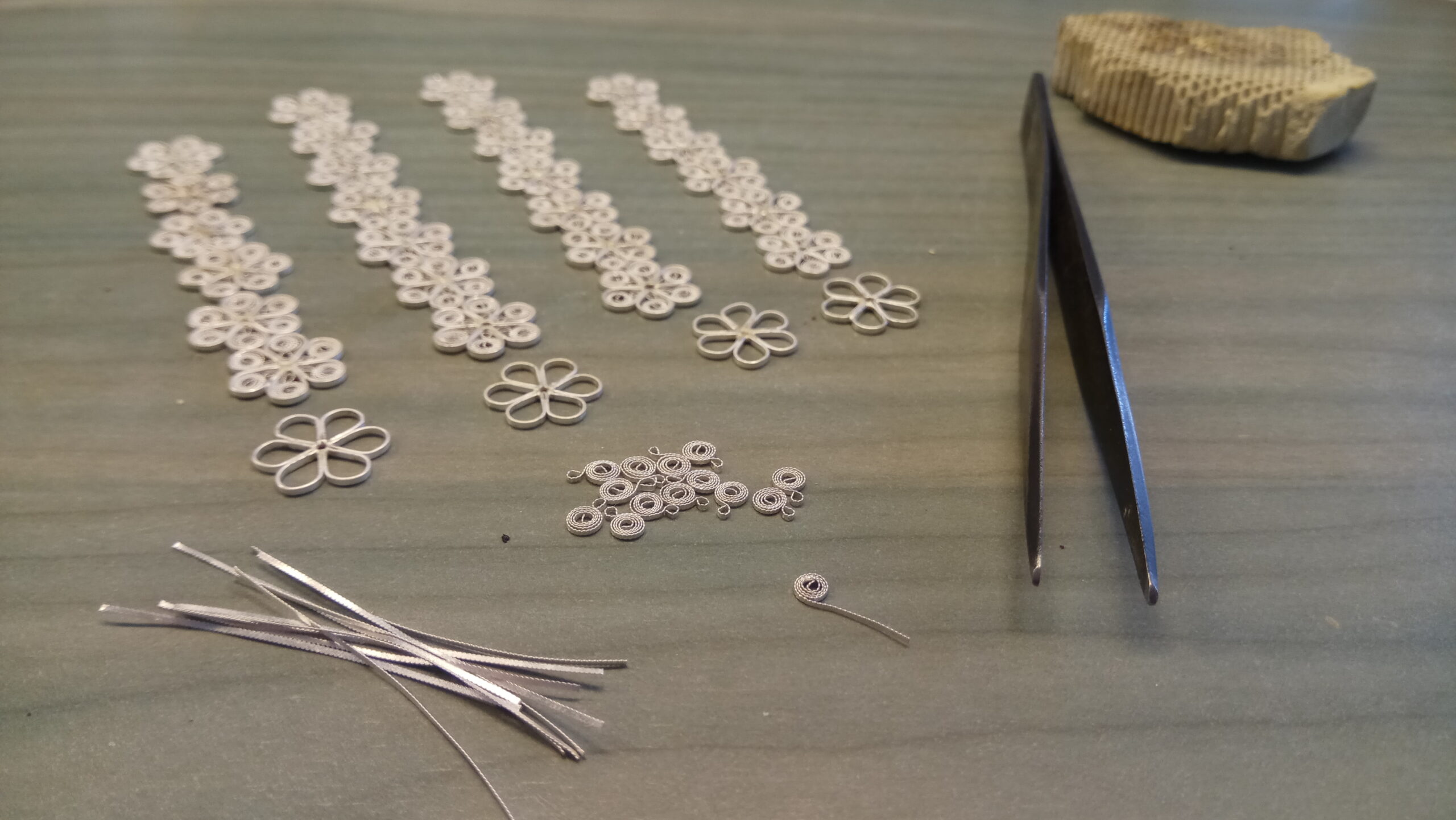The openwork method of decoration became popular in the 2nd century AD, during the Roman Period (63 BC – AD 330). It was made by cutting out parts of the sheet gold which resembled fretwork. This method may be found occasionally in earlier periods, but it became common in the late Roman and Byzantine periods. The first filigree items, made with the filigree techniques that are still in use today by goldsmiths, may be found during this period. (Resources: Jewellery in Ancient Times written by Renate Rosenthal, 1973)
Filigree jewellery became very popular again during the reign of Queen Victoria of England (1837 – 1901). The feather or leaf brooches, very often with pendant drops, are typical designs of jewellery in the Victorian period. Floral subjects, hearts pendants, snake-like gold necklaces and bracelets and cameos mounted in gold frames with leaf-work and scroll-work were also popular. (Resources: Gems and Jewels written by R.L. Austen, 1979)
Since Malta was part of the British Empire at this time, workmanship of filigree could be prospered a lot. Designs and motifs from this time are labelled as traditional Maltese filigree.
Today, we use modern fashionable designs. We also incorporate filigree work in other jewellery to create an original and artistic modern style.


